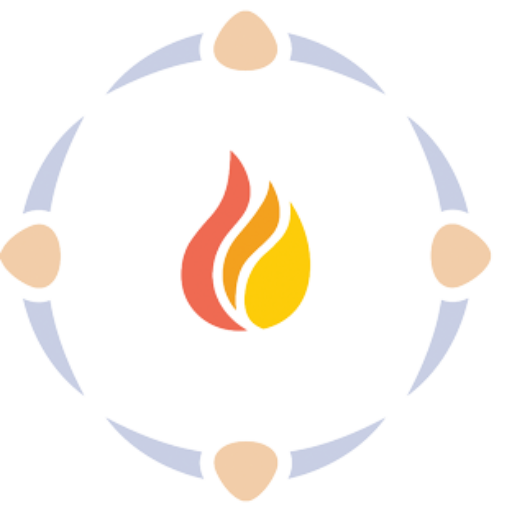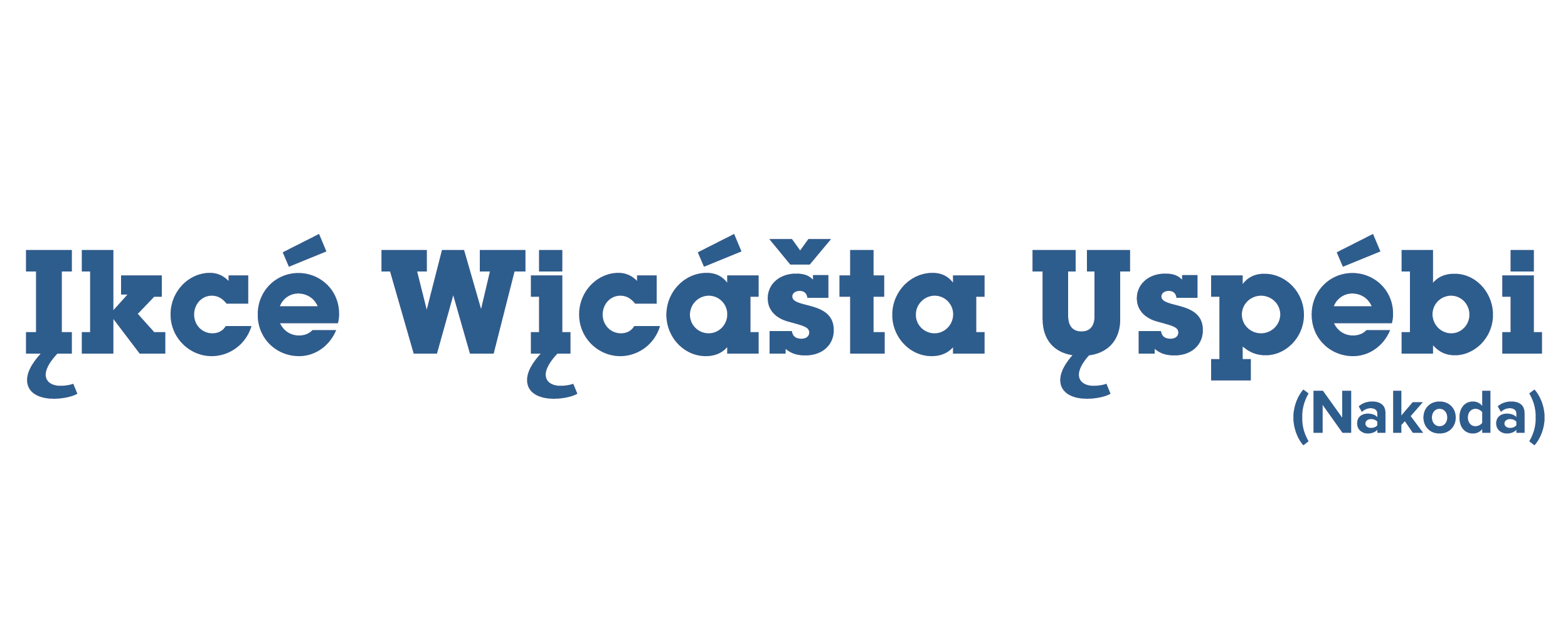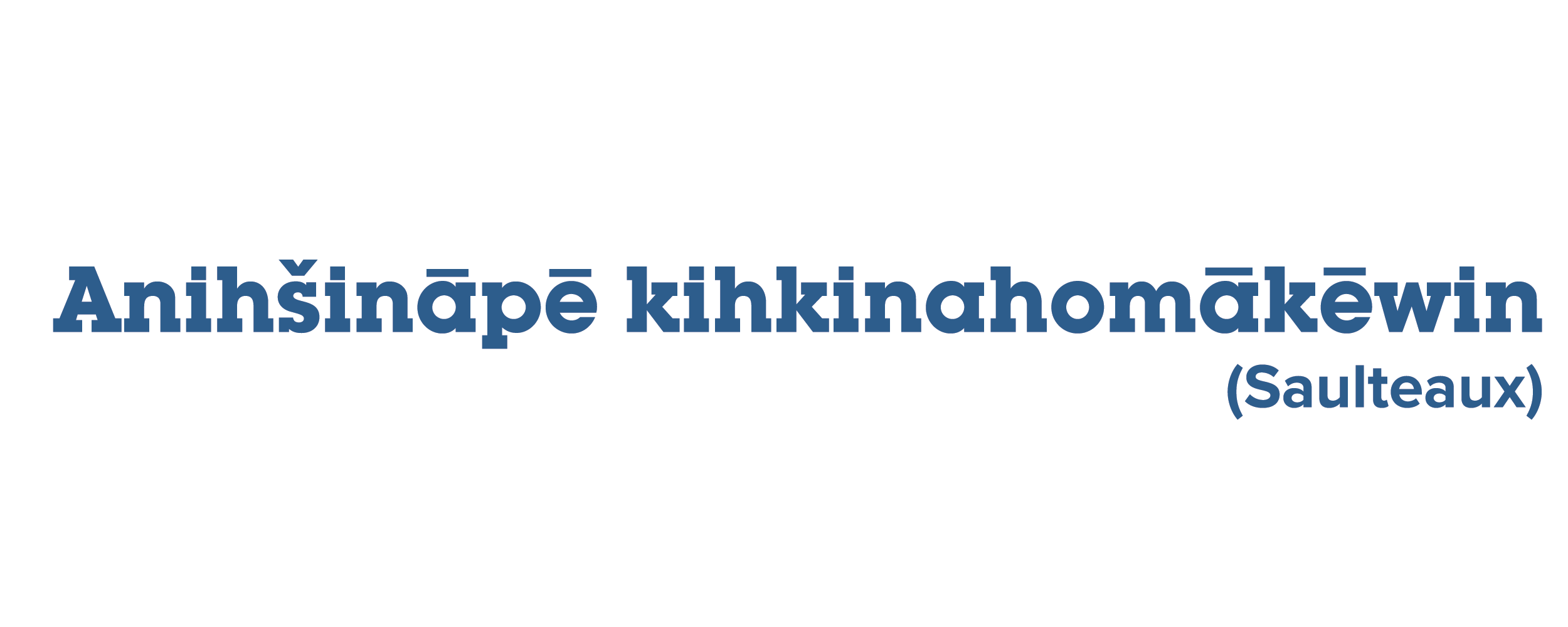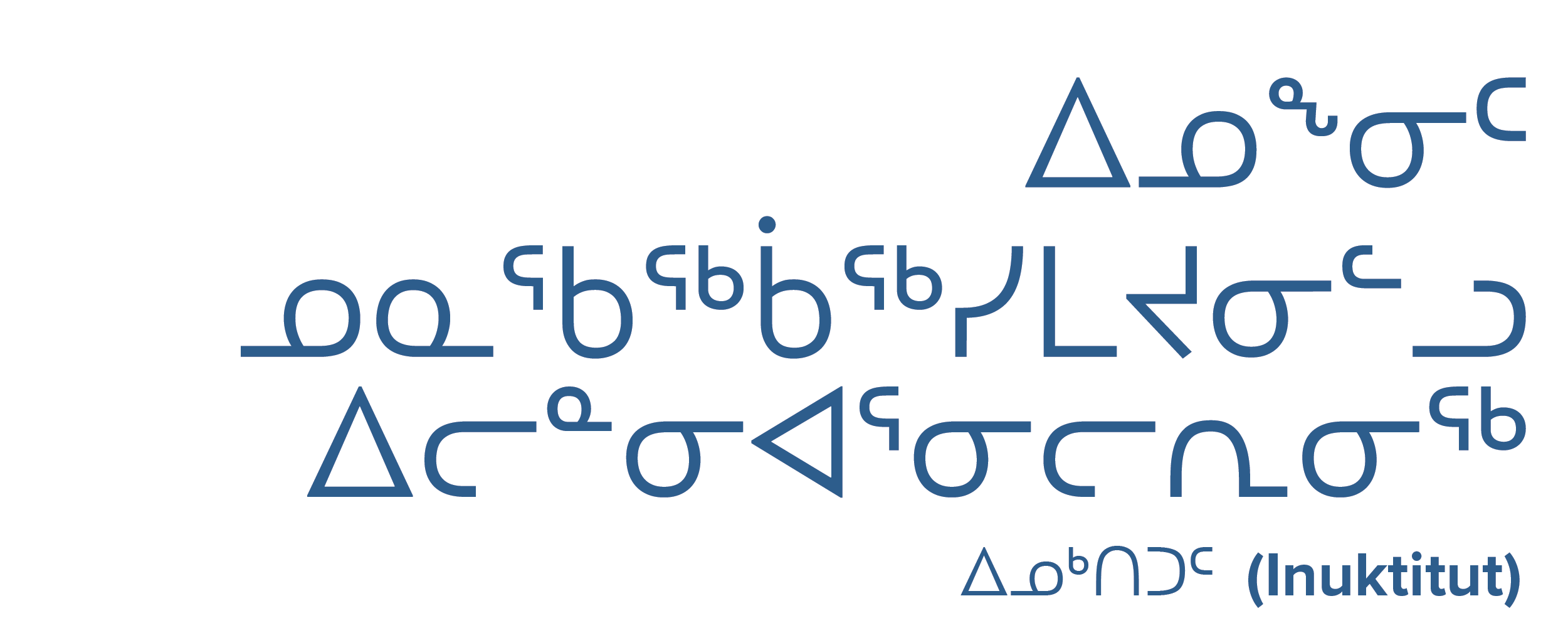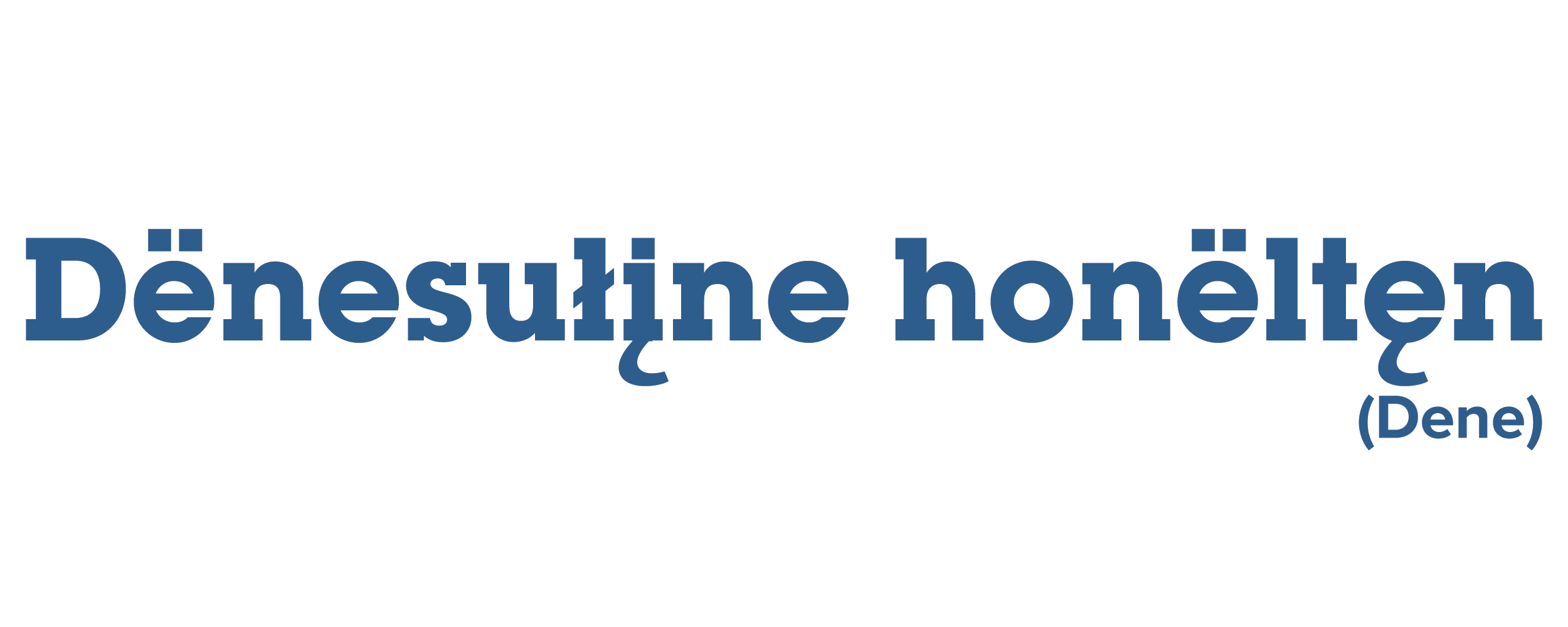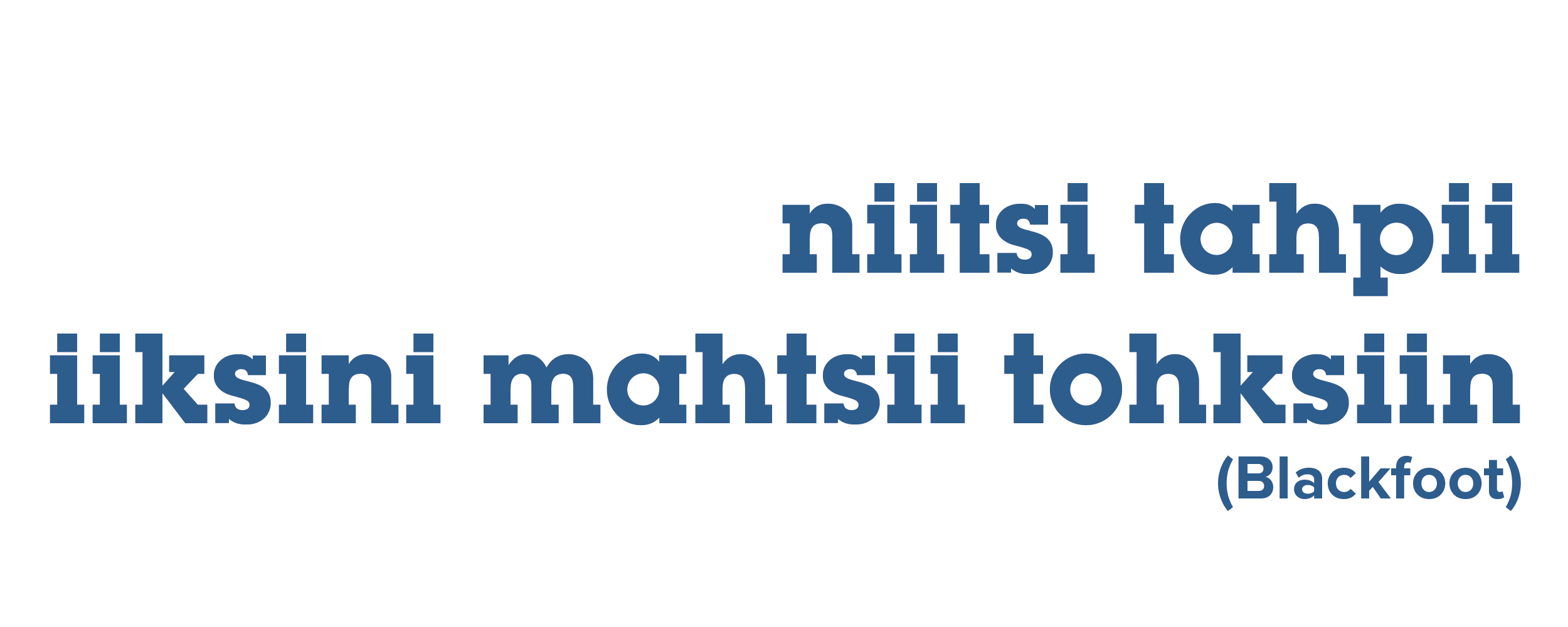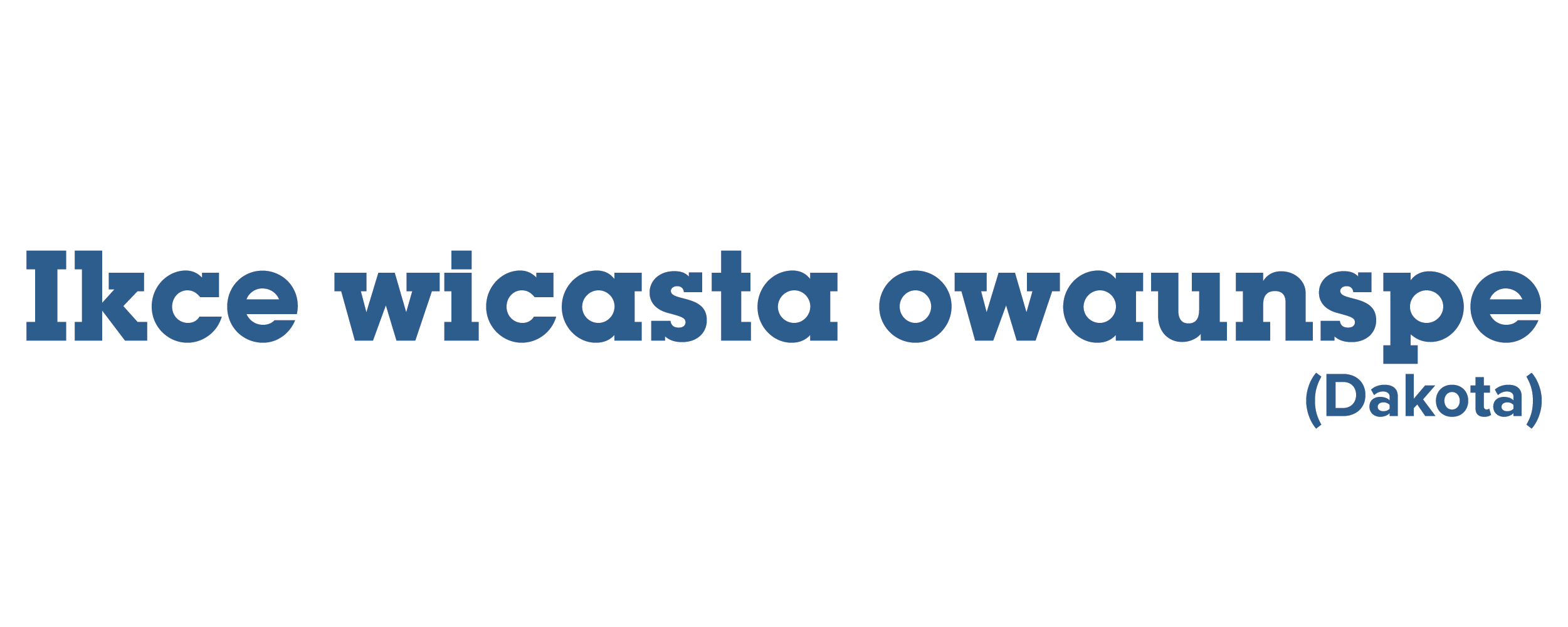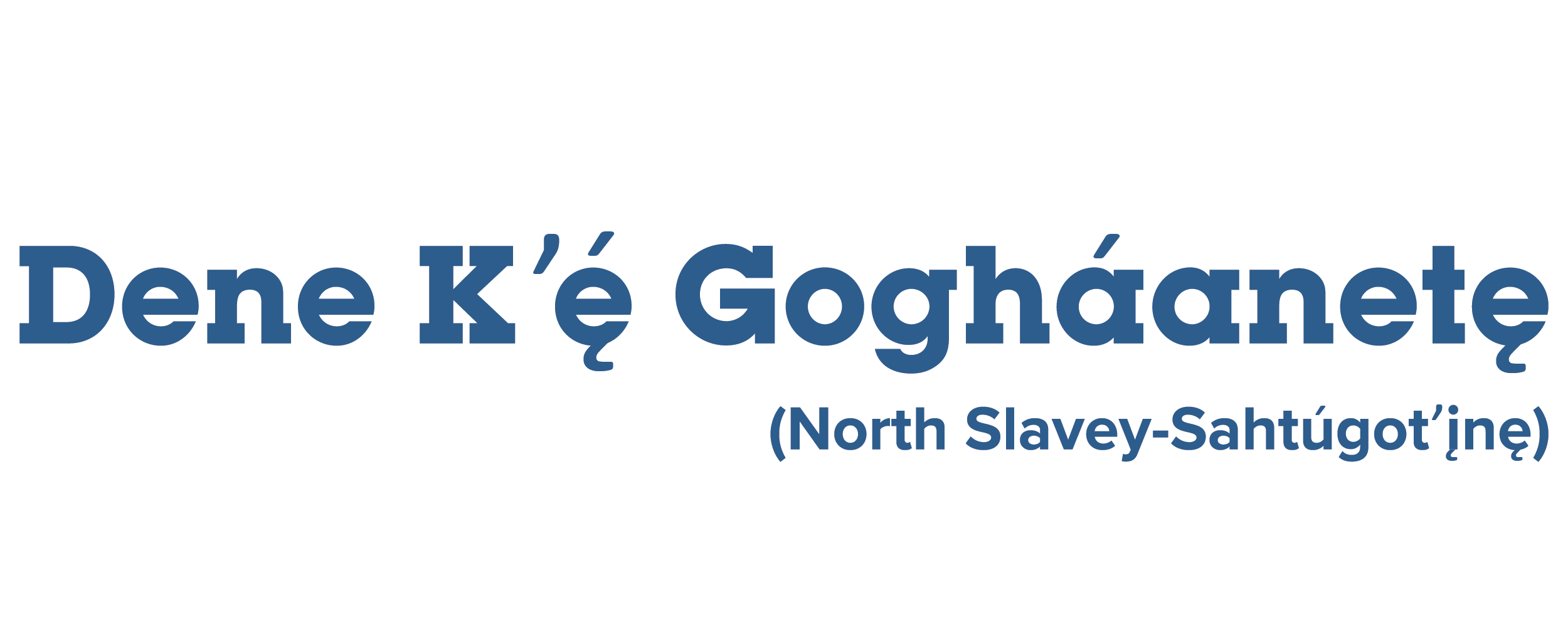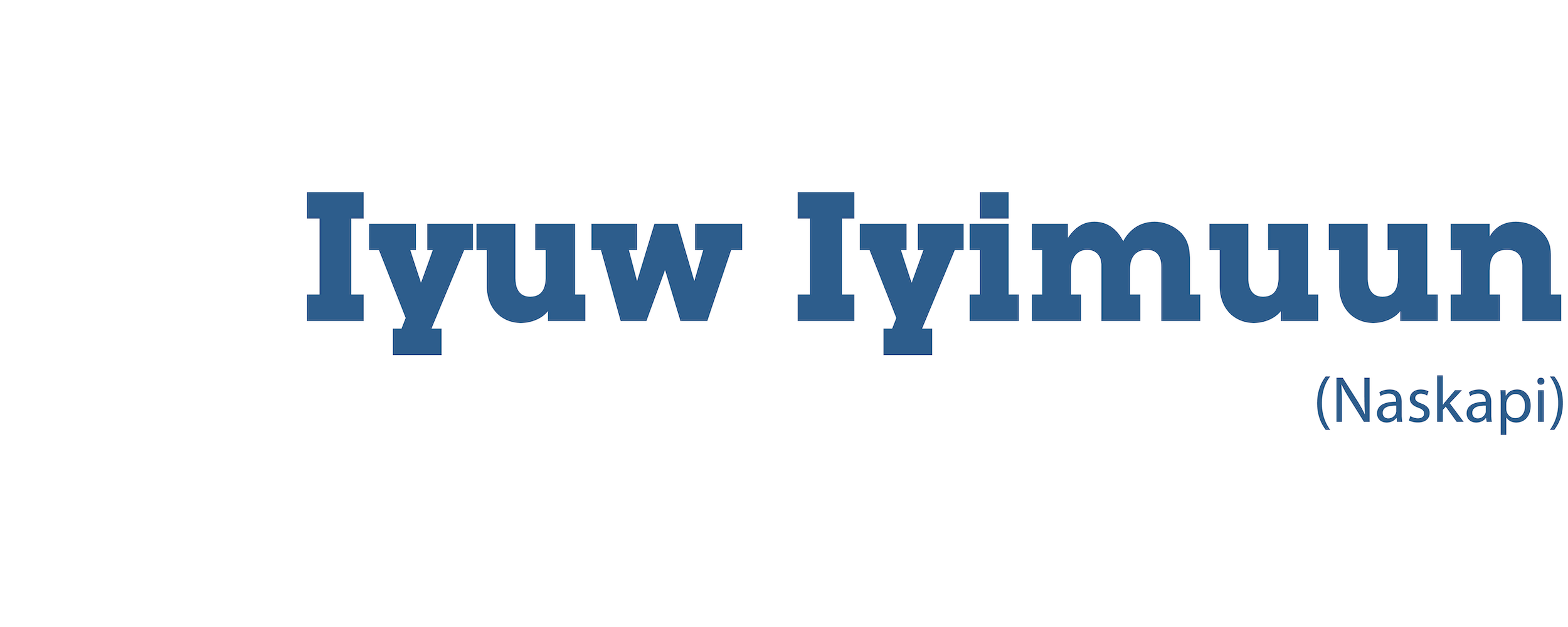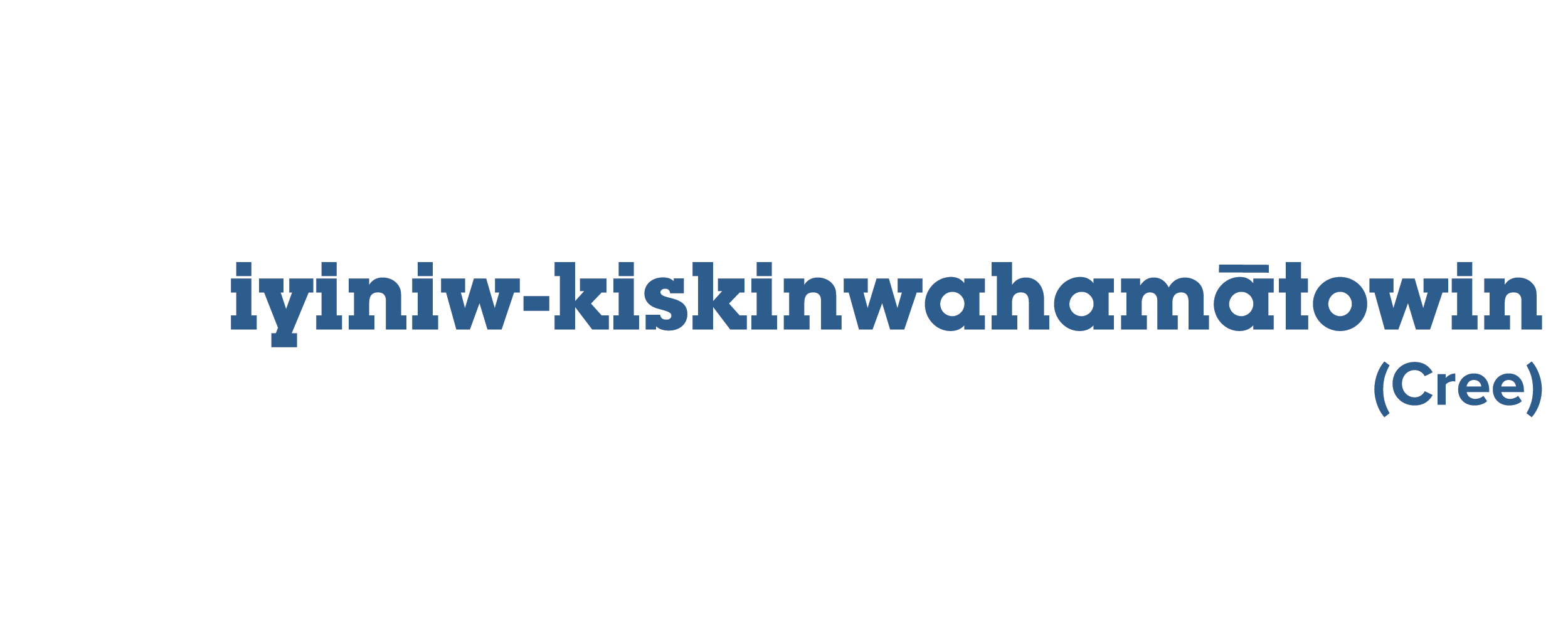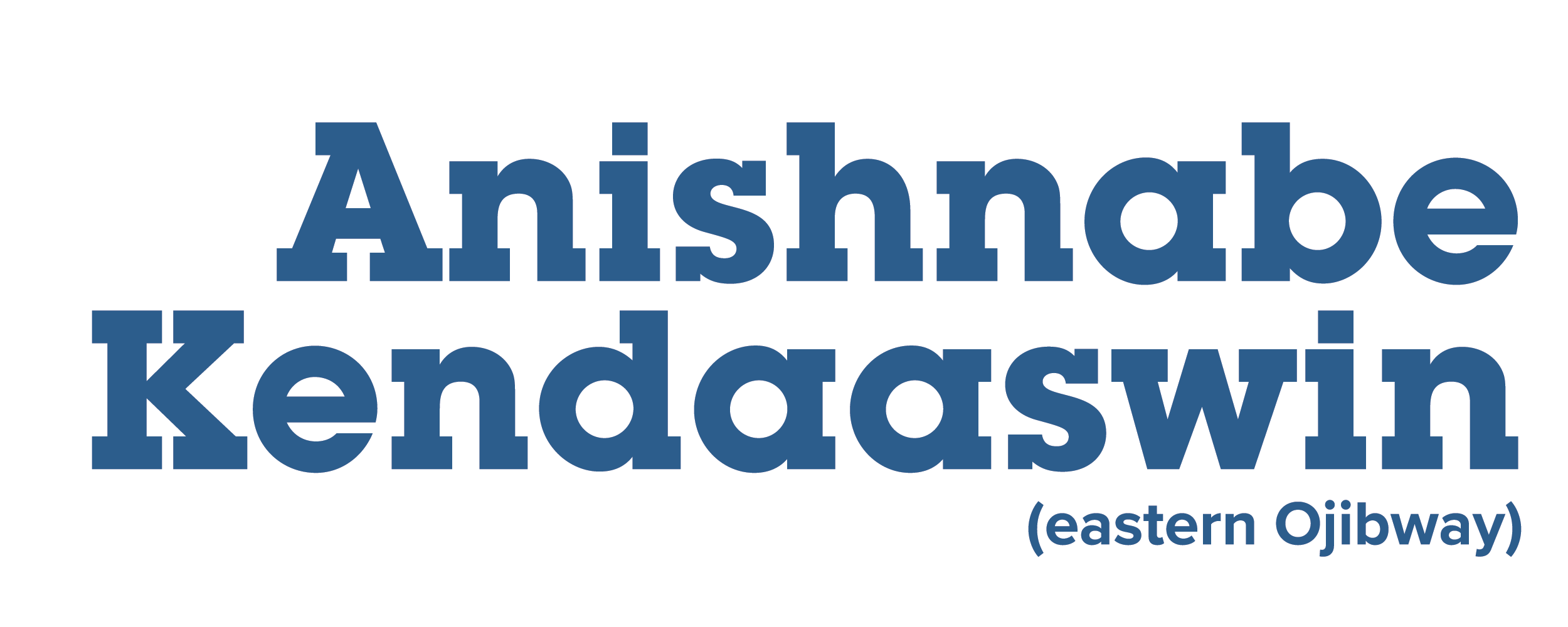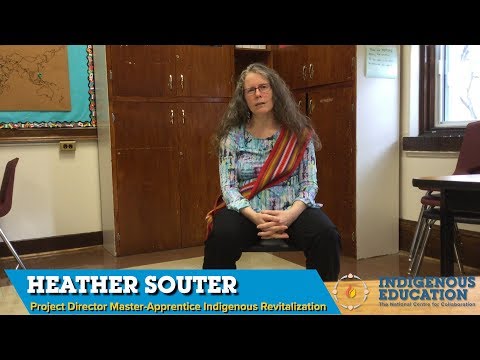Posted on December 19, 2019 by Steffany Salloum
Learning nēhiyawēwin through language acquisition methods that have informed Bringing nēhiyawēwin Home, a program designed by Belinda Daniels and offered through READ Saskatoon.
Belinda Daniels, onikanew (she who leads), runs a program through READ Saskatoon called, Bringing nēhiyawēwin Home. The program was born from the idea of learning language in a natural setting by enjoying food at the kitchen table, intergenerationally, with family members. The nēhiyawēwin (Cree) language classes are offered to anyone who wants to learn nēhiyawēwin in Saskatoon and encourages learners of all ages.
Language learners come to the class in a good way by introducing and positioning themselves in the community. The group offers tobacco to the language spirit and follows protocol by saying a prayer and smudging at the beginning of class. By learning Cree around the kitchen table, learners are able to learn food terminology in a coincidental way. Some terms and vocabulary include learning how to ask and say: Are you hungry?; I am hungry; What is this?; this is good; I would like some more; soup, bannock, pop, juice, milk, salad, pizza, etc.
In the classes, Daniels employs three language learning methods which are the direct method, task-based learning, and accelerated second language acquisition. Daniels hopes that her students become intrinsically motivated to bring language home and pass it on to the next generation of nēhiyawēwin language learners. By reclaiming language we work to restore identity, nationhood, and make gains towards sovereignty and self-determination.
Posted on May 10, 2019 by Christine Fiddler
Since 1972, SICC has been protecting, preserving, and promoting First Nations languages.
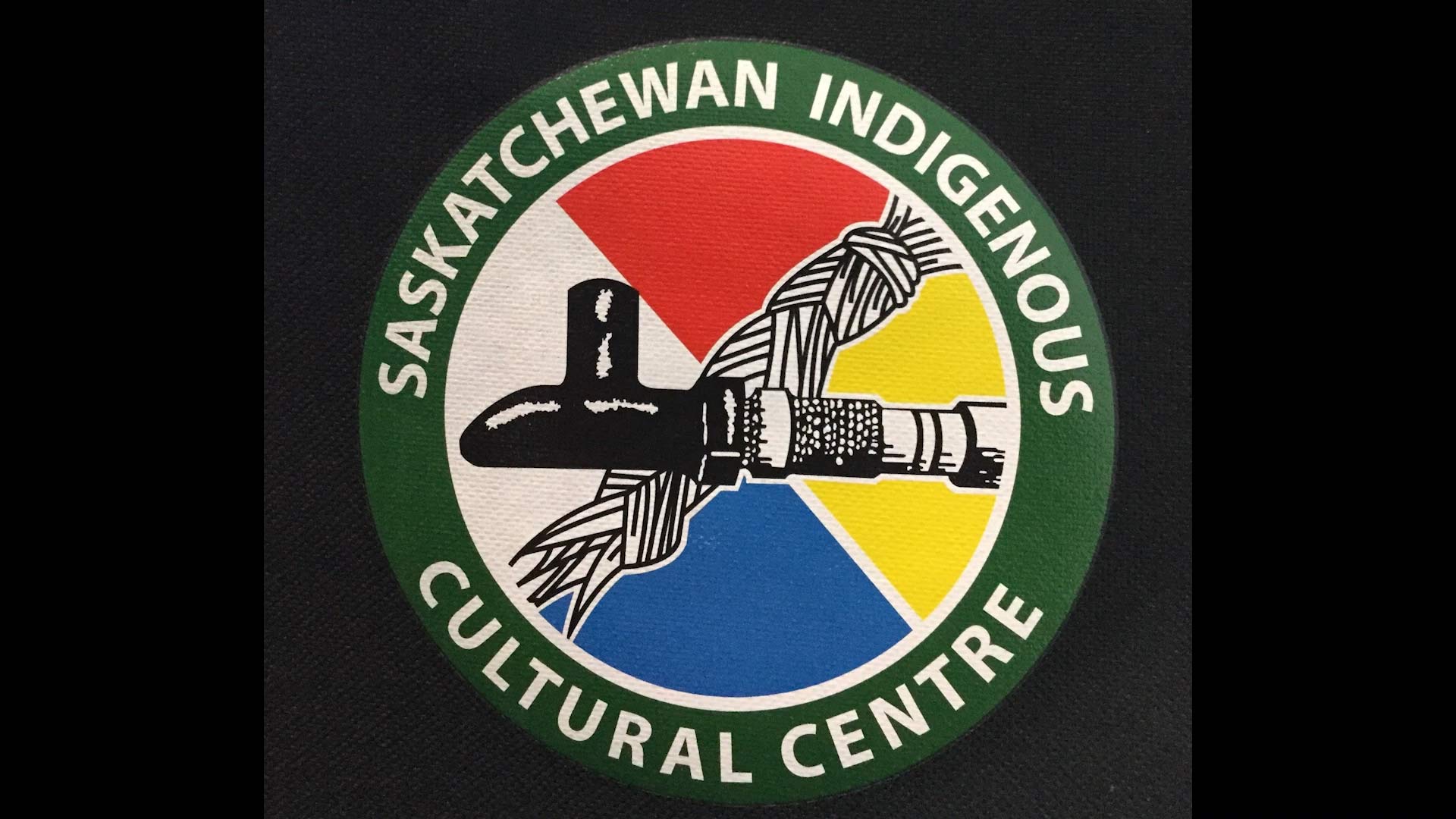
Priscilla St. John is the Education and Language Specialist for the Saskatchewan Indian Cultural Centre (SICC). As the first Indigenous controlled education institution serving Saskatchewan, SICC offers opportunities for cultural revitalization for the following First Nations: Plains Cree, Swampy Cree, Woodlands Cree, Dene, Saulteaux, Dakota, Nakota and Lakota. First Nations Elders met to discuss the importance of Indigenous language acquisition and developed outcomes that, combined with the provincially mandated curriculum, create the language-based curriculum that SICC promotes. St. John explains, First Nations languages start with our ways of knowing, our stories, our ancestors, our laws, our protocols, and are guided by Elders, which are all connected to the Creator. SICC provides First Nations with educational resources and language workshops that derive from their land-based and sacred language curricula. These opportunities and resources are available to anyone who is interested in language revitalization.
Posted on April 3, 2019 by Christine Fiddler
Elder Coordinator and Cree Language Interpreter, Clarence Whitstone speaks on the importance of the Cree Language.
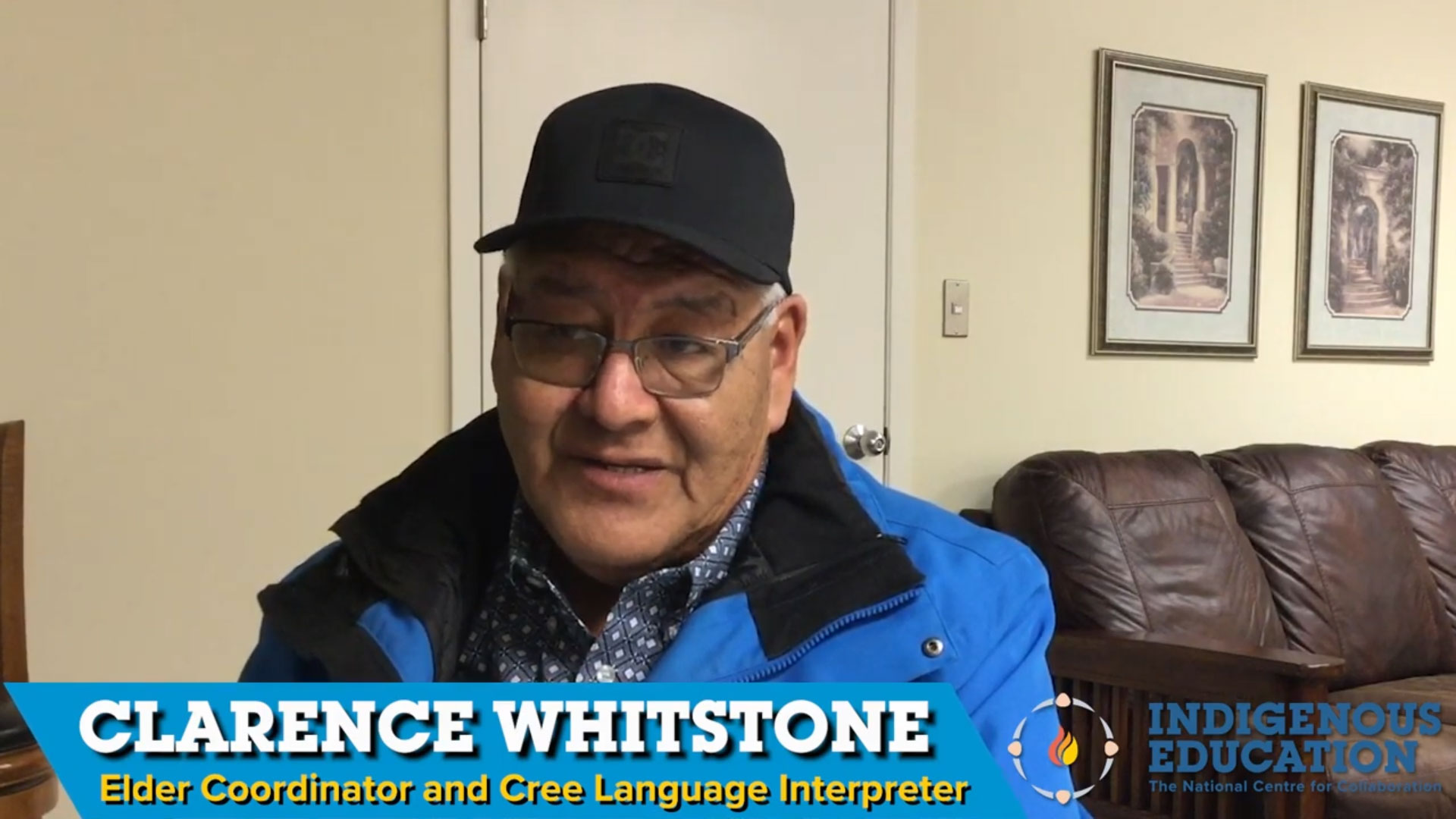
The First Nations University of Canada’s Elder’s Council Coordinator and Cree Language Interpreter, Clarence Whitstone, of the Onion Lake Cree Nation, shares information on the work he does on educating the public about Indigenous topics such as: the Frog Lake Massacre, treaties, residential schools, and languages from the First Nations perspective. Whitstone has over twelve years of proven translation services experience. Whitstone maintains that language and culture can’t be separated and must be preserved for our future generations. First Nations language must be used in all of our ceremonies, cultures and traditions. Language is our spirituality – our way of life.
Posted on March 25, 2019 by Jiah Dzentu
PWK Highschool in Fort Smith holds an annual winter expedition where students learn traditional trapping, fishing, and hunting in a safe, continuous manner. The facilitators are local Elders and knowledge keepers.
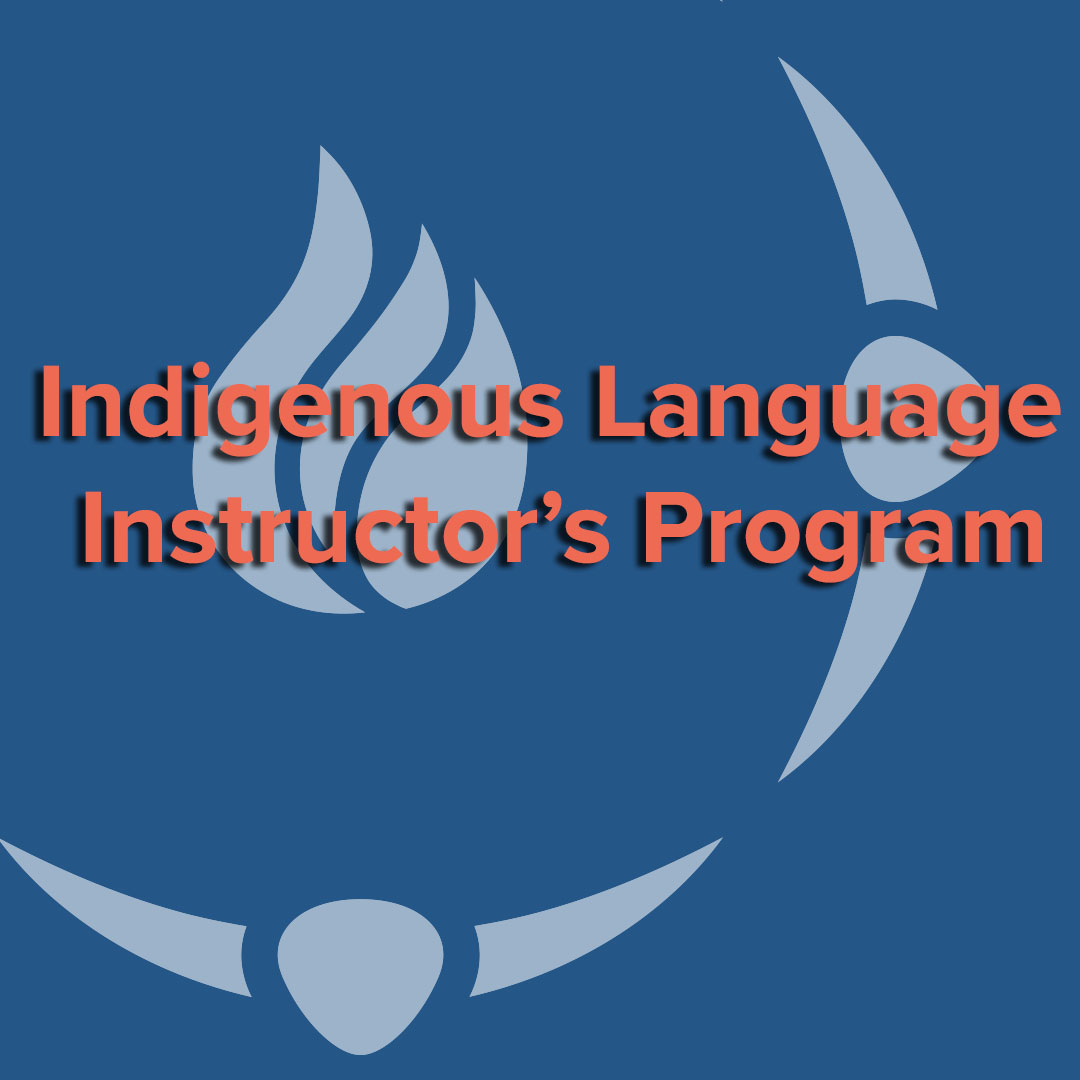
PWK Highschool in Fort Smith holds an annual winter expedition where students learn traditional trapping, fishing, and hunting in a safe, continuous manner. The facilitators are local Elders and knowledge keepers.
Posted on March 18, 2019 by Laura Forsythe
The Winnipeg School Division is proud to initiate bilingual Cree language and Ojibwe language programs exclusively at Isaac Brock School.
The Winnipeg School Division is proud to initiate bilingual Cree language and Ojibwe language programs exclusively at Isaac Brock School.
The 2016 school year welcomed students in Kindergarten, while the 2018-19 school year will have program entry points in Kindergarten to Grade 2.
The Cree and Ojibwe Programs will center around ancestral teachings of the Grandmother Moon and the thirteen moons she carries. The programs have a land-based component as this is an important part of language learning. Culturally, there is a strong connection to the land and all the life it encompasses. In the Kindergarten Program, students will be fully immersed in the Cree or Ojibwe language. The Grade 1 and 2 program will be bilingual with 50% of instruction in Cree or Ojibwe and 50% in English.
Posted on March 13, 2019 by Jeremiah Sharpe
Cheyenne Chartrand, Spiritual Care Provider at Neecheewam Inc., explains Neecheewam’s approach to education.
Neecheewam Inc. goes beyond pedagogical programs in an effort to redefine concepts of treatment, emphasizing cohort and peer education through an “extended family” that results in whole person learning. Whole person learning requires moving beyond the text book to include academic, professional, emotional, and spiritual growth.
Posted on March 12, 2019 by Kelsey Jaggard
Kelsey Jaggard interviews Rachel Ombash in Sioux Lookout, Ontario at the KOBE Language Learning app launch. Rachel Works with the Keewaytinook Okimakanak Board of Education as an Oji-Cree language teacher in North Spirit Bay. She describes the language program she co-facilitates with a fellow language speaker and her dreams for language education and revitalization. The […]
Kelsey Jaggard interviews Rachel Ombash in Sioux Lookout, Ontario at the KOBE Language Learning app launch. Rachel Works with the Keewaytinook Okimakanak Board of Education as an Oji-Cree language teacher in North Spirit Bay. She describes the language program she co-facilitates with a fellow language speaker and her dreams for language education and revitalization. The app mentioned in the interview refers to the KOBE Language Learning applications (in Oji-Cree, Cree, and Ojibwe) that were released in November 2018 and available on the App Store or the Google Play Store.
Posted on by Trisha Campbell
Solomon Ratt created a Facebook group called Cree Language Videos where he posts videos related to Cree language lessons and traditional stories.
Solomon Ratt is a professor in the Department of Indigenous Languages, Arts, and Cultures at the First Nations University of Canada where he teaches Cree language in the Y-dialect. He created a Facebook Group called, Cree Language Videos, where he posts videos of Cree language lessons that involve: introductions; things you like to do; hobbies; days of the week; weather terms; verb conjugations; tenses; and traditional stories – stories of Wîsahkîcâhk. Since the creation of Cree Language Videos a few years ago, it has gathered over 3000 members.
The Cree Language Videos started as a way to provide both distance and proximate learners with opportunities to access to the Cree language lessons. This practical language learning tool allows students to watch the videos, to see the Cree language written out, and to hear the language being spoken.
Traditional stories in Cree have lessons on how to exist and survive in this world, how to get along with others, and the responsibilities people have to each other. It is important to hear the traditional stories in their language of origin because there are certain aspects, like humour, that cannot be easily translated to English or other languages.
To Solomon, Indigenous education means to learn everything that he can about the world in which he lives, specifically, to learn from his surroundings – from the land and the people around him. He hopes that more learning will be done on the land, that language will be brought in with traditional activities, and that we can revive the language when we revive the traditions.
Cree Language Videos – http://nehiyawewin.ca/cree-language-videos/
Visit the Online Cree Dictionary / Nehiyaw Masinahikan – http://www.creedictionary.com
Cree Language Software – http://www.creedictionary.com/software/index.php
Posted on February 19, 2019 by Trisha Campbell
Philip Brass advocates that land-based activities are memorable experiences that can plant a seed to propagate relationships with the landscape and the ecosystem.
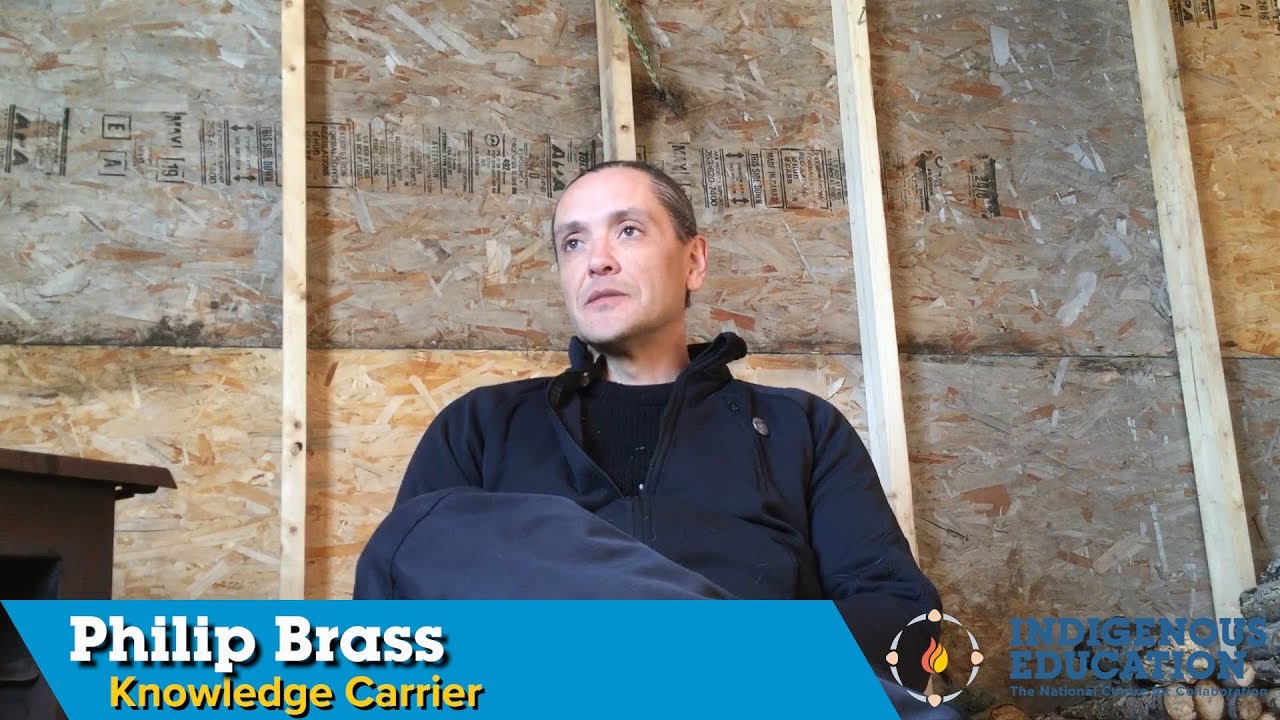
In 2014, Philip Brass began to work with his band, Peepeekisis Cree Nation, as the Community Wellness Coordinator at the Health Centre. His goal at the time was to reach out and connect with youth during a time of violence, vandalism, and gang activity. He offered to go hunting with some of the youth as a way to connect with those that were tough to reach, and eventually he introduced them to ceremony. Getting the youth involved in traditional values and practices resulted in a positive ripple effect throughout the community. His work with the youth continued with the File Hills Police Service and then working within the schools on-reserve and off-reserve, in nearby towns, within Prairie Valley School Division and Treaty 4 Education Alliance. Some land-based activities Brass has led with youth include: fishing, filleting workshops, hunting big game, hunting small game, talking circles, sweats, and attending ceremonies. He has been a valuable resource for teachers that are having difficulty navigating issues on reconciliation, the history of colonialism, and on-going Indigenous struggles within Saskatchewan and Canada. Philip has witnessed how the land can be a powerful tool for learning, engaging, and shifting negative behavioural patterns in youth. Philip infers that for Indigenous people to reconnect with their languages, land-based activities are essential because languages are emergent from those activities and gives language relevance.
